1. Ouchijuku Ancient Village, Fukushima
Ouchijuku ancient village is one of the most beautiful villages in Japan (Photo source: Collected)
Ouchijuku Old Village in Fukushima Prefecture is one of the most popular destinations when it comes to old villages in Japan. It was once an important stop on the trade route during the Edo period. The traditional thatched roof architecture here is well preserved, giving the feeling of going back in time.
Visitors to Ouchijuku will have the opportunity to experience the local culture through festivals and traditional dishes. In particular, negi soba noodles served with a stalk of green onion instead of chopsticks is an interesting and famous dish here. In winter, the ancient village of Ouchijuku is covered in white snow, creating a fairyland-like scene, attracting many domestic and foreign tourists to admire.
2. Shirakawago Ancient Village, Gifu
Shirakawago turns into a wonderland when winter comes (Photo source: Collected)
Shirakawago is located in Gifu Prefecture, Japan. This is one of the ancient villages in Japan recognized by UNESCO as a World Heritage Site. In Japanese, “Shirakawago” means “white rivers”, which comes from the beautiful scenery of snow-covered rivers in winter. This place is also famous for its gassho-zukuri houses, characterized by steep roofs to protect against snow. This architecture is not only unique but also a testament to the creativity of the ancient Japanese.
Winter in Shirakawago is considered the most ideal time to visit, when the entire village is lit up in the "Light-up" festival. The sparkling lights reflecting on the white snow make Shirakawago a beautiful destination like in a fairy tale.
3. Taketomi Ancient Village, Okinawa
Taketomi Village in Okinawa Prefecture has a tropical feel. Unlike other Japanese villages located on the mainland, Taketomi is a small island with a peaceful atmosphere and is surrounded by unique coral reefs. The red-tiled roof houses surrounded by coral stone fences are the typical architectural highlight of this village.
Visitors to Taketomi can enjoy fresh seafood dishes, participate in boating activities, or ride a buffalo cart to explore the village. This is an ideal place to feel the intersection between nature and local culture.
4. Gokayama Ancient Village, Toyama
The peaceful beauty of Gokayama ancient village (Photo source: Collected)
Gokayama is an old Japanese village in Toyama Prefecture, not far from Shirakawago, surrounded by 1500m high mountains. Gokayama also has gassho-zukuri architecture but on a smaller scale, giving it a more peaceful and intimate feel. This is a place where traditional crafts such as washi paper making and folk music performances are still preserved.
Discovering Gokayama, you will feel the quiet beauty, away from the hustle and bustle of modern life. In particular, traditional dishes here such as tofu and mochi are also culinary experiences not to be missed.
5. Oshino Hakkai Ancient Village, Yamanashi
Oshino Hakkai ancient village located near Mount Fuji is one of the ancient villages in Japan with great natural beauty. Oshino Hakkai is famous for its eight pure lakes formed from the melted ice water from Mount Fuji. Each lake carries a mysterious story, attracting the curiosity of visitors.
In addition to the beautiful natural scenery, Oshino Hakkai also has traditional houses that have been converted into museums and souvenir shops. This is an ideal place to enjoy the fresh air and explore traditional Japanese culture.
6. Hattoji Furusato ancient village, Okayama
Hattoji Furusato in Okayama Prefecture is a small, historic village located on Japan's ancient pilgrimage route. With its thatched roof architecture and peaceful atmosphere, Hattoji Furusato is an ideal place for those who want to learn about the lives of ancient Japanese people.
The village is also famous for its golden rice fields in autumn, creating a beautiful scene. Visitors can participate in activities such as pottery making or traditional cooking lessons to experience the local culture in an authentic way.
7. Ainokura Ancient Village, Toyama
Ainokura ancient village is small but very popular (Photo source: Collected)
Ainokura Village in Toyama Prefecture is one of the smallest but most beloved villages on the list of ancient villages in Japan. Nestled amidst majestic mountains, Ainokura offers both wild and idyllic beauty. The gassho-zukuri architecture here is also very well preserved, creating an ancient and unique space.
Visiting Ainokura, you will have the opportunity to stay overnight in traditional houses and experience the typical Japanese lifestyle. Winter nights here, when snow covers the roofs, are a wonderful time to feel the warmth and peace of the Japanese countryside.
The ancient villages in Japan are places that preserve history and are also unique cultural symbols. From the magnificent Shirakawago in the white snow to the peaceful Taketomi in the blue sea, each village has its own unique characteristics. These are definitely destinations not to be missed if you want to explore the traditional beauty of the cherry blossom country. Plan and visit these villages to feel the magic of Japan right away with Vietravel!
Source: https://www.vietravel.com/vn/am-thuc-kham-pha/lang-co-o-nhat-ban-v16591.aspx



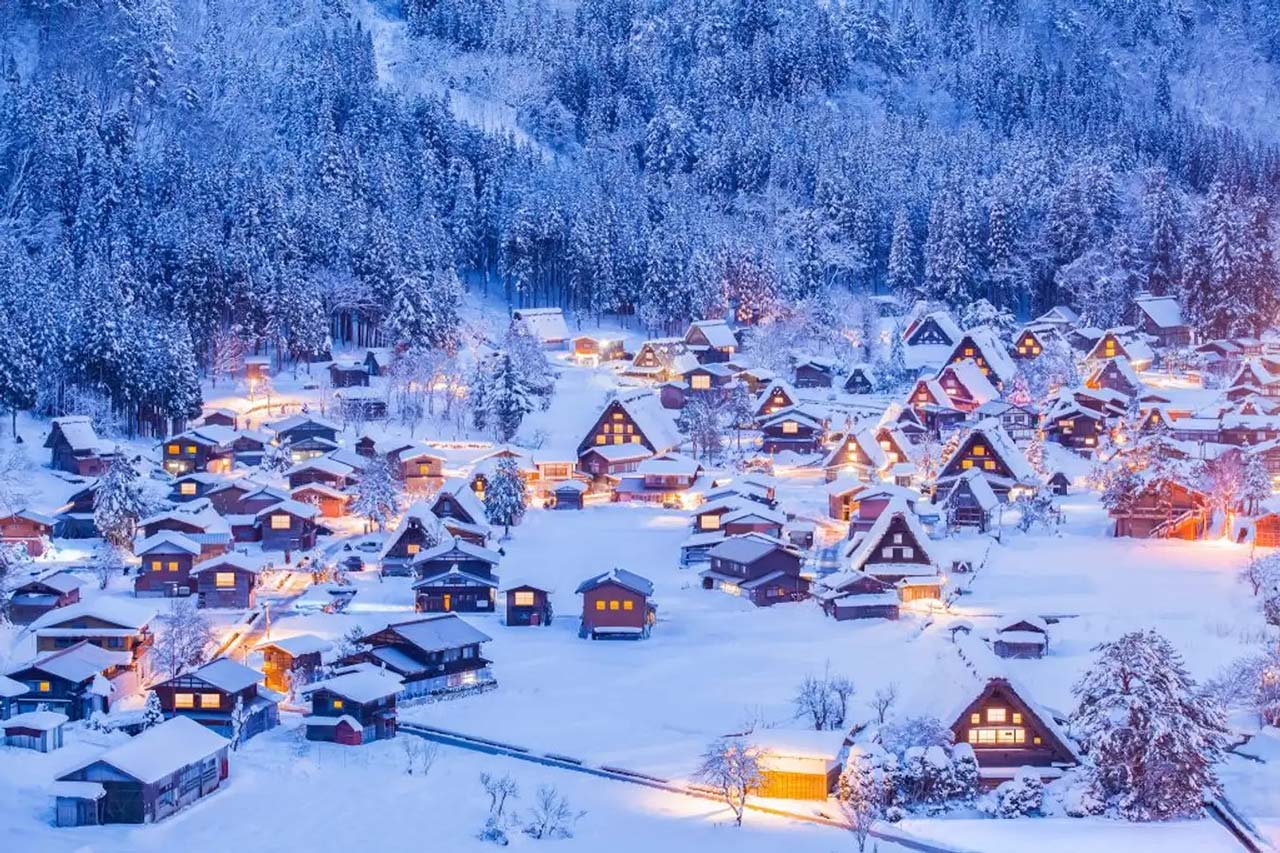

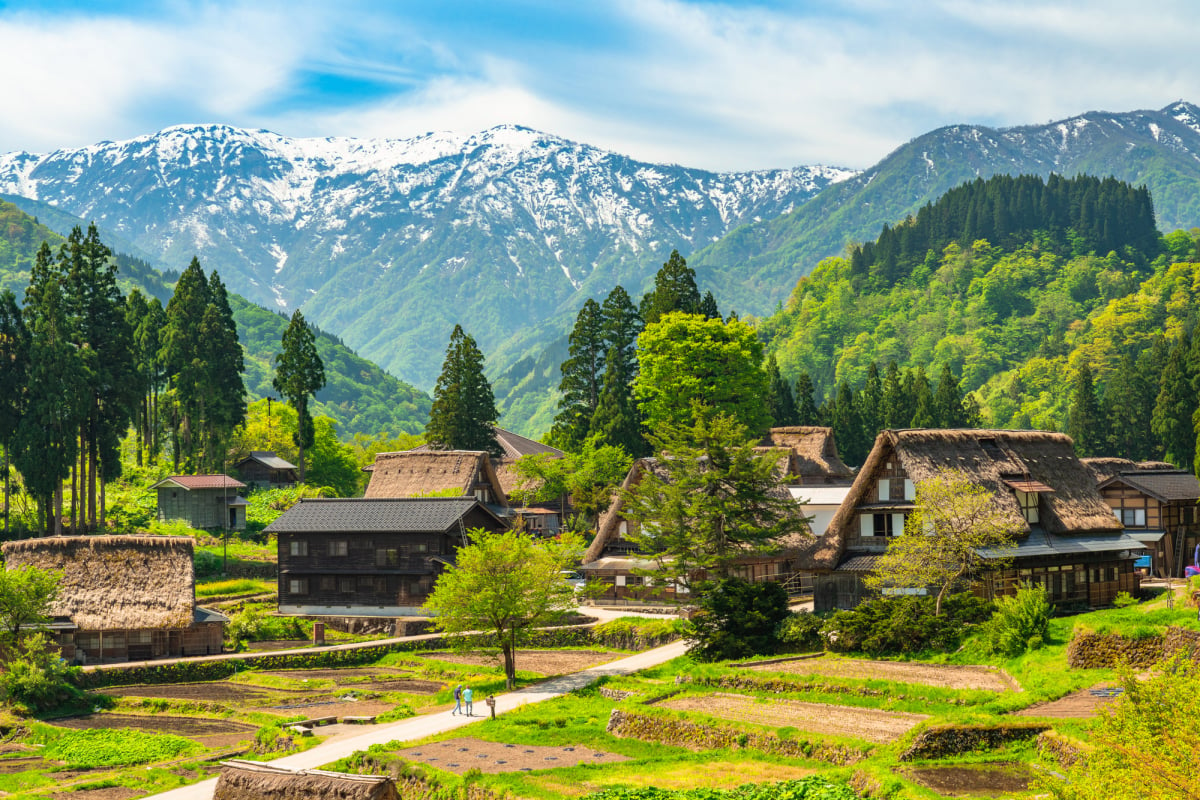



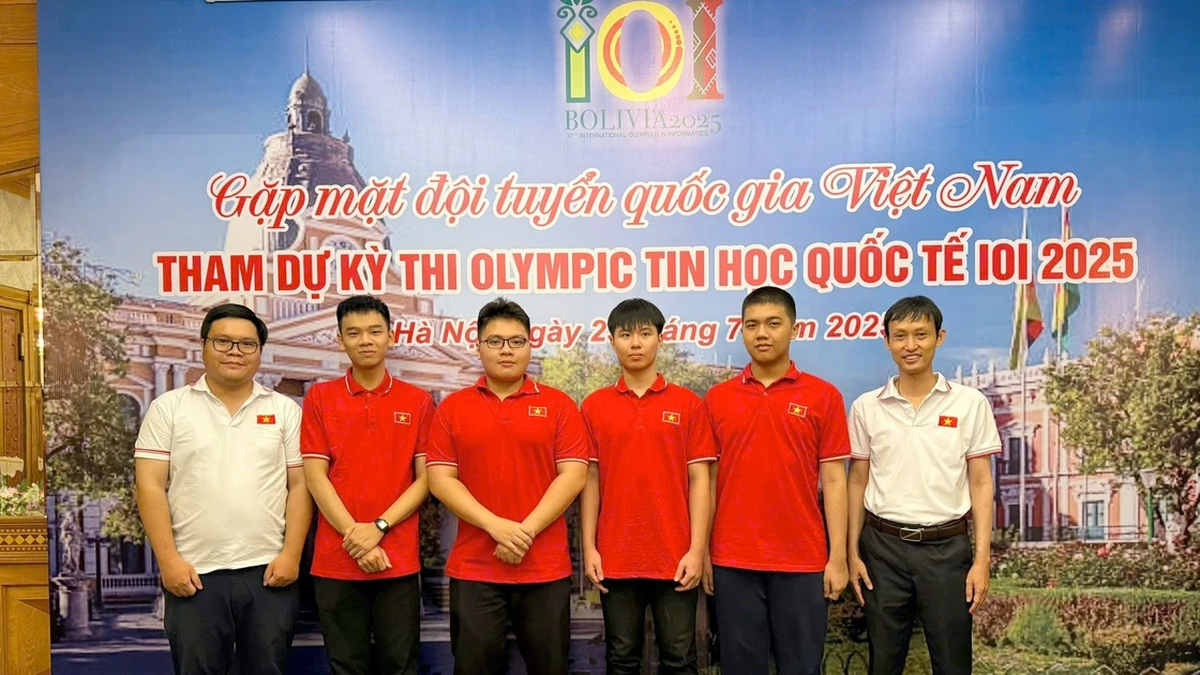

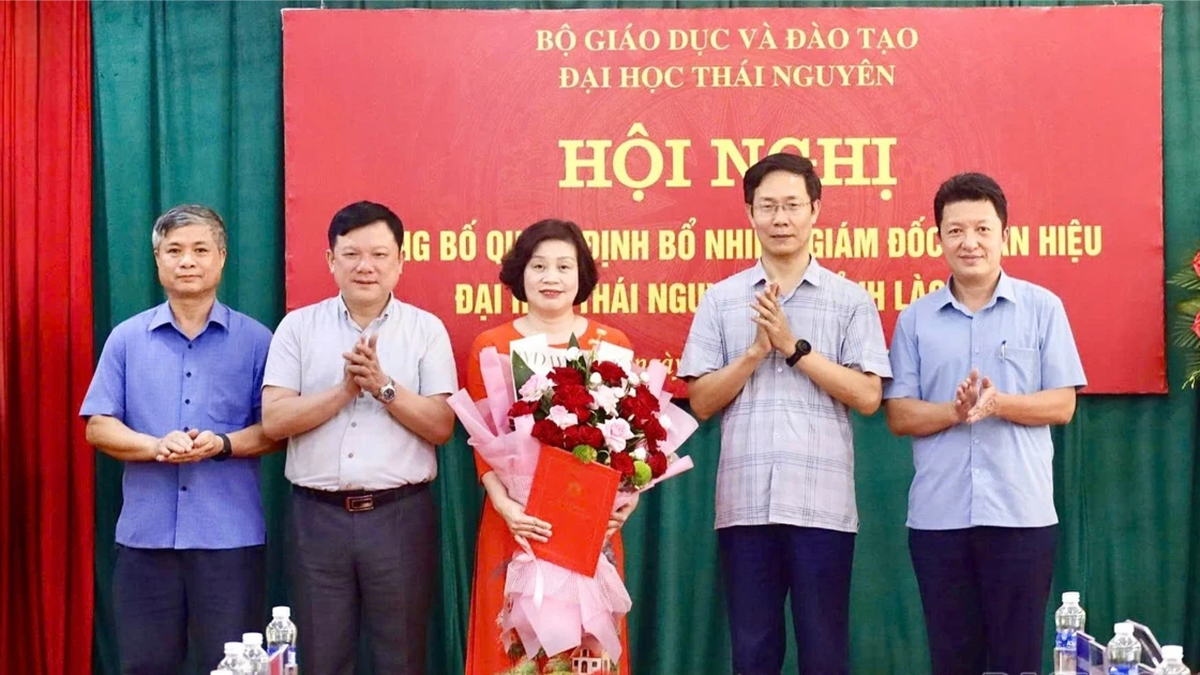

























































































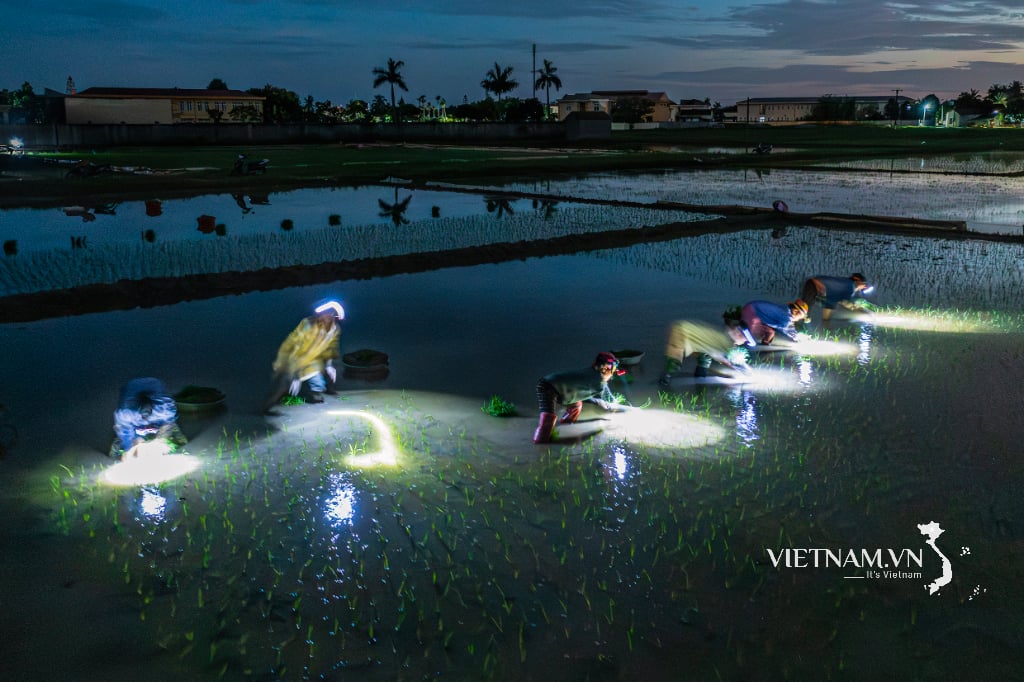

Comment (0)